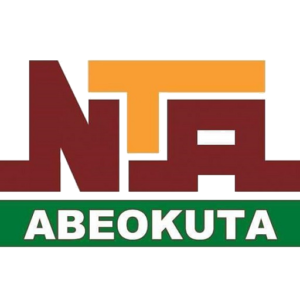
Only a year ago, Russian forces were bombing the positions of Hay’at Tahrir al-Sham, which was led by the fighter Abu Muhammad al-Julani – Ahmed al-Sharaa – in the Syrian governorates in support of the regime of Russia’s ally at the time, Bashar al-Assad. A few days ago – and surprisingly – we found Ahmed Al-Sharaa, in his capacity as the new president of Syria, in Moscow in a direct meeting with Russian President Vladimir Putin.
What prompted Al-Sharaa to overcome the decade-long hostility between him and the Russians and travel to the Russian capital, only eleven months after assuming power?
An article on the website of the Carnegie Think Tank explains that the new Syrian authority needs to strengthen its legitimacy internationally by obtaining more recognition. It is also looking for partners from various countries to help it with its shaky economic and security conditions. On the other hand, the Russians, by accepting Shara, are proving to the world that they still have influence and influence in the Middle East even after the departure of their ally, Al-Assad.
The article indicates that Al-Sharaa arrived in Moscow to ask the Russians for the return of Russian forces to Syria, for several reasons, the most important of which is participation in maintaining security in some areas that have recently witnessed bloody unrest, such as the Suwayda governorate and the governorates of Latakia and Tartous, in light of the inability of the new Syrian authority to deal with the security pressures currently.
The potential Russian military presence is also important in providing a buffer to Israeli attacks and reducing their number. The Russian presence is likely to impose a military balance inside Syria, especially with Ankara’s plans for military expansion in northern Syria.
Also, something that has not changed for years, a third of Syrian territory remains under the control of the Kurdish armed forces, which refuse to hand over their weapons and join the Syrian army, which constitutes a major obstacle to the efforts of the new authority in Syria to extend its control over the entire Syrian territory. Therefore, due to the long Russian experience in dealing with the Kurds, the presence of Russian forces in Syria opens the way for Russian mediation between the authority and the Kurds, and this is what Sharia desires.
From the economic side, Russia is not expected to contribute to supporting Syria financially for reconstruction, given its military operations in Ukraine, which drain a lot of money. However, it is known that the Russians have agreed to supply Syria with wheat, medicine, and food, especially in light of the suffering of about 12 million Syrians from food insecurity.
On the sidelines of the visit, it was confirmed that new Syrian banknotes will be printed after the fall of the Assad regime, and that their printing is supervised by a Russian company called (Gosznak), which is an indication that the old Syrian-Russian partnerships will remain.
In any case, the mission of President Ahmed Al-Sharaa, who is in his forties and whose hair is turning gray late, seems very complicated. Building a country torn apart by a long war, exposed to stifling economic pressures, and experiencing a constant state of security instability requires a lot of work and effort, making concessions, and retreating from previous positions. This is why visiting Moscow becomes understandable, and even necessary.
It is noteworthy that Al-Sharaa, who carried weapons until last year, is playing a convincing role in transforming from a fierce fighter into a pragmatic politician and statesman who is aware that nations are not built with guns, but rather with alliances and interests.






